Incredible Medieval Supertanker Considered the Best Example of its Kind in the World
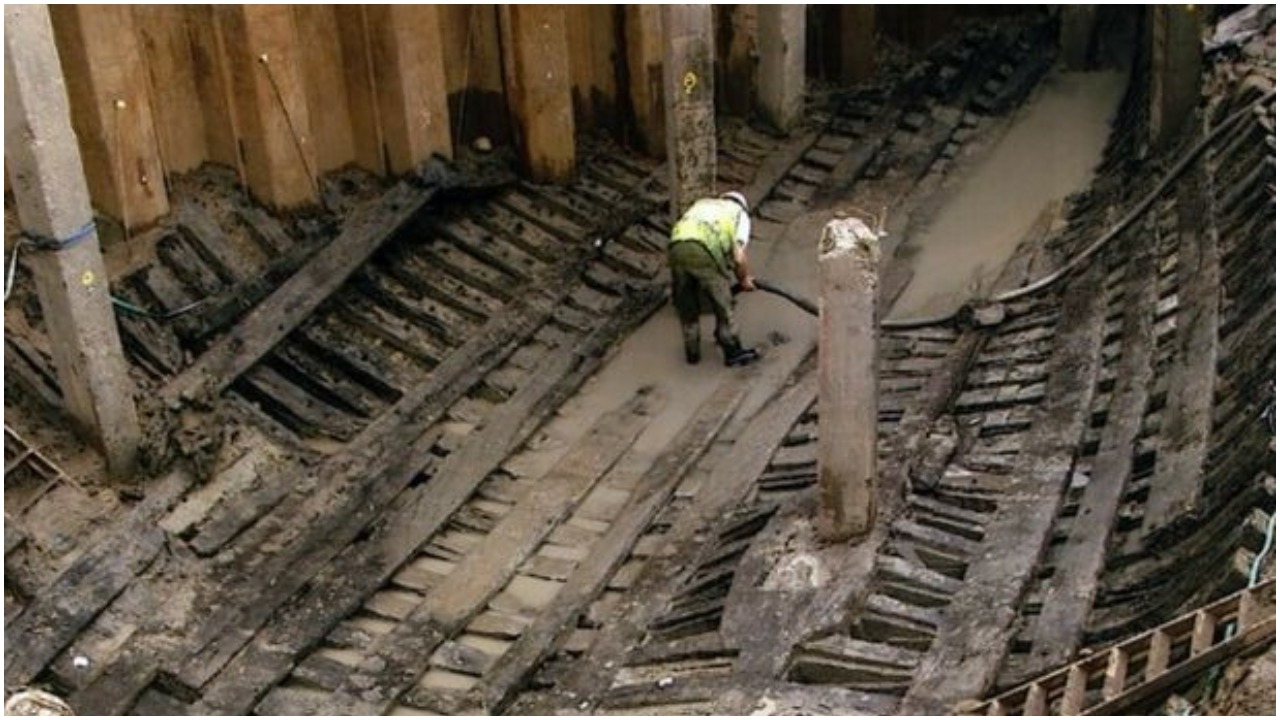
A project has been underway ever since to retrieve, assess and preserve the medieval timber so the vessel can be fully restored to its original size.
In regions of the U.K., when city municipal workers start digging up the earth to begin building modern structures, often a delicate hurdle presents itself.
The problem is that much history lies beneath the soil in England, Ireland. Scotland and Wales, and officials must decide whether to proceed with the new project over that history, or take time to excavate the past, so to speak, before proceeding.
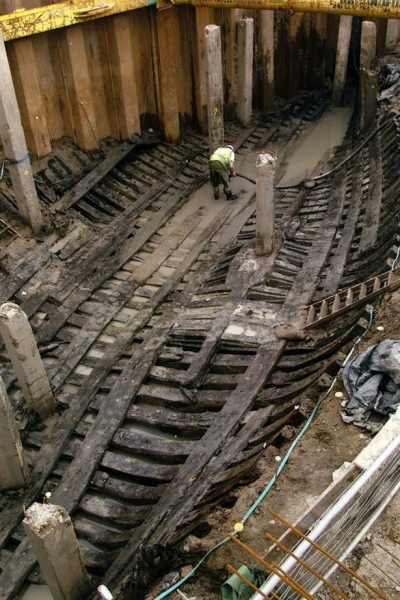
Thankfully authorities opted to first dig up the past when excavation began for a new theatre’s orchestra pit in 2002, in Newport, Wales. Work crews discovered, on the banks of the Usk River, dozens of pieces of timber from an old ship.
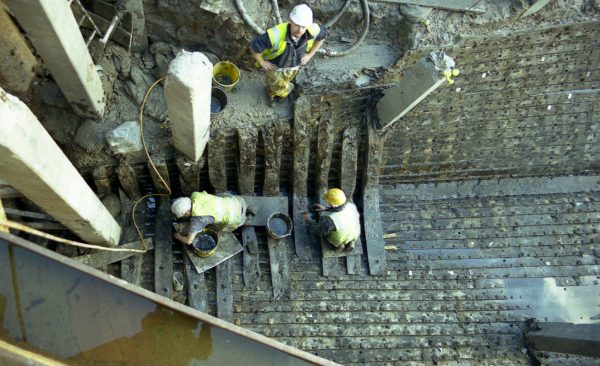
It will, perhaps this year or next, officials hope, be ready for reassembly into its former glory. Then ultimately it will be put on display for the public to enjoy.
As the recovery has continued over these last years, an organization called the Friends of Newport Ship has galvanized efforts to help the Medieval ship be restored.
But it is a delicate, time-consuming effort that the group’s chairman, Bob Evans, says is proving to be a tough challenge.
He recently told online news website Wales Online, “Reassembling a 600 year old ship from its original timbers is like doing a 3-D jigsaw puzzle with 2,500 pieces, without the picture on the box.” Put like that, the project is clearly very challenging indeed.
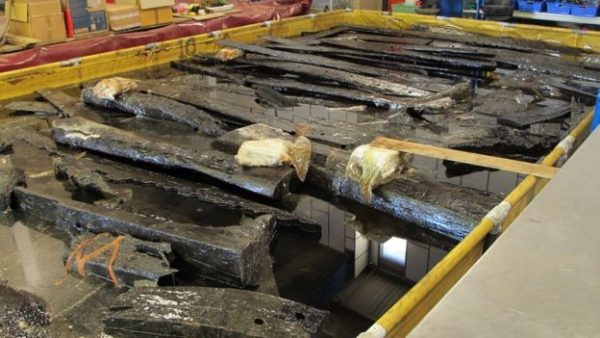
As scientists, craftsmen and other experts have worked to examine and preserve the ship’s timber, Friends of Newport Ship has simultaneously conducted research to learn about the vessel’s origins.
Evans said in the interview that, “In her time, the Newport ship was one of the biggest vessels afloat. She was a merchant vessel, not a warship, and she is an important part of Newport’s heritage as an historic port and a maritime centre.”
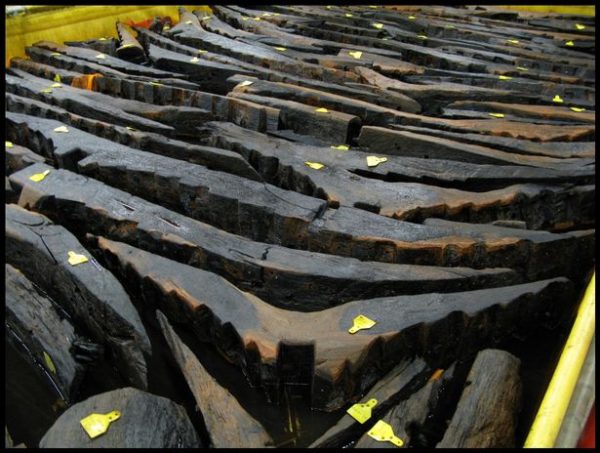
The retrieval operation has meant pulling hundreds of planks and other pieces of timber from the river, then sending it all to be studied by the Ship Centre in Queensway Meadows, in Newport. So far, about 2,000 pieces of timber have been retrieved since 2002.
Evans said that the ship once weighed more than 25 tonnes when it was operational, and 30 metres in length.
His organization is also working with experts in engineering at Swansea University to learn how best to reconstruct the ship eventually.
They do not want to get part way through that process only to discover they’ve miscalculated something, he noted, so it’s vital that engineers are consulted to ensure they do it right.
Evans acknowledged that, so far, they aren’t sure of the medieval ship’s history, but what they do know is that, “she was a medieval merchant vessel.
We know nothing of her history, but everything we have learned from our research suggests that our ship traded with Portugal, and the Iberian peninsula, and was engaged in the wine trade.”
And the Newport ship certainly could handle a lot of cargo, Evans added — as much as 200 tonnes of wine. It was, as Evans colourfully described it, “truly a 15th century wine supertanker.”
But they have yet to find the right spot for total reconstruction, Evans confirmed. “Work continues of finding a building in the Newport area which is big enough to house the ship,” he said.
“We hope to make an announcement in a few months’ time.” One of the people involved in the reassembly process told the BBC this week it could take until 2025 for the Newport Ship to be, well, shipshape for the public to see.
But officials also say it’s a project that will serve the community well, bringing in thousands — if not millions — of tourist dollars every year.
Wanted: Two People with ‘basic survival skills’ To Look After Great Blasket Island
Like the Mary Rose ship on display in Portsmouth, once a vessel in the navy of Henry the VIII, its historical significance may draw enthusiasts from all over Europe, as well as the U.K. It’s another opportunity for the U.K. to promote its maritime history, and help modern people to learn of the contributions and glory of its seafaring past.
